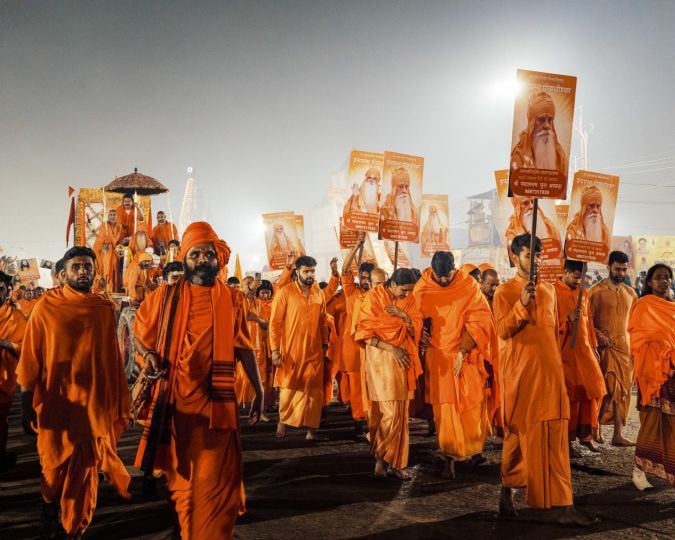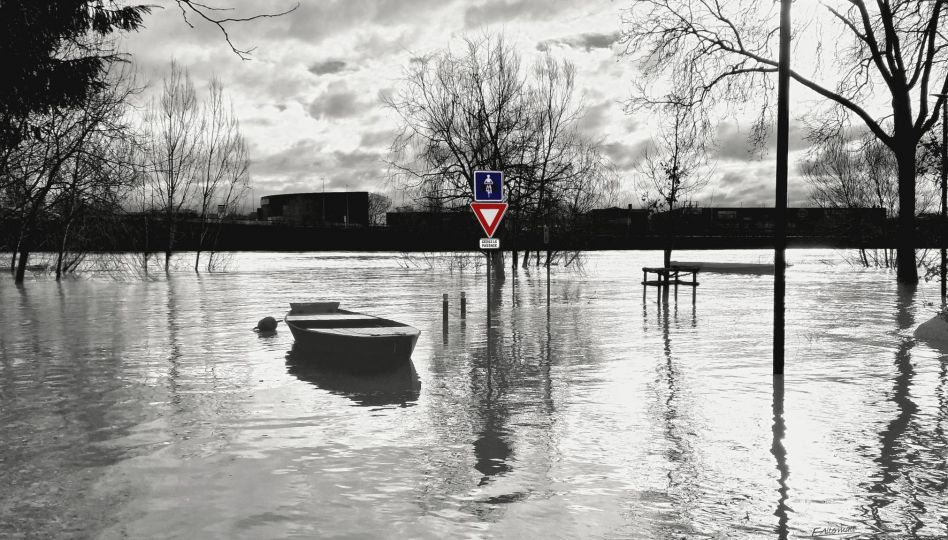The ” Schall Duo” exhibition pays tribute to the work of the two Schall brothers, their collaboration and also highlights Roger’s taste for binary compositions, couples and duets. A specificity that allows us to explore transversally all the work of one of the most talented photographers, prolific and precursors of the 30s.
In 1931, Roger and Raymond opened their studio in Montmartre, at 36 avenue Junot. The two brothers worked together each day. Artisans of photography, they use the workshop to receive customers, to organize the shoots, to develop and print the photographs taken the day before. Raymond surveys the newsrooms, manages the lab and the team while Roger is reporting all over Europe. Roger will be “the eye” and Raymond “the hands” of the studio.
We are at a time when the press is changing, from weeklies illustrated with drawings to newspapers focused on immediate international news and articles always accompanied by photographs. The Schall brothers will impose themselves in this new mode of communication and information thanks to the photographic talent of Roger but also by the diversification of their production, orchestrated by Raymond.
They practice as well the reportage, the portrait or the commands for fashion and advertising. Between them, they created in Paris, the most famous and renowned photo studio of the 30s. Already operating as a press agency, they employed up to 14 people and their images were published in several hundred magazines and newspapers around the world.
In 1939, Roger and Raymond Schall are mobilized and the activity of the studio stops. At demobilization, the brothers separate. Roger Schall continues his work as a photographer but the activity is slowed down in this Paris occupied by the Germans. At the same time, in 1942, Raymond created the publishing house “Raymond Schall” at 38 rue Caulaincourt. Editions Raymond Schall will publish “all works and advertisements of some characters that are related to the reportage or to photography. “. They will publish, among others, two of the greatest photographic works of the 1940s. The first, published in 1942: Reflets de France, is a collection of more than 300 photographs by Roger Schall of French landscapes and men who live in them. And, in 1944, in Paris under the boot of the Nazis, certainly the most famous book that accounts for the situation in Paris during the Occupation.
With a foreword by the General De Gaulle, this book is a first-rate historical testimony but also a book of photographs of high artistic quality where the works of Doisneau, Jahan, Parry, Seeberger, and of course Roger Schall rub shoulders.
At the end of the war, Roger Schall gradually abandoned international reporting to focus on advertising and industrial reporting. This era marks the end of a period of intense creativity that began in the 1920s. Roger abandoned photography in 1967 and devoted himself to painting and managing his archives, which included nearly 100,000 images.
Roger Schall, a humanist photoreporter
The 30s are a turning point for photography, which passed from document to access artistic creation with the current of New Photography. Photographers experiment with new angles of view, short-cut effects, unusual perspectives and introduce a new relationship to the subject. All this is made possible by the progress of technology and the appearance in 1925 of the Leica format 24 x 36 mm, and in 1929 the Rolleiflex with its large square negatives of 6 x 6 cm. This camera, immediately adopted by Roger Schall, obliges the photographer to mark a stop before the shooting, to bow, to elaborate his framing on the ground glass focusing screen at stomach height . There is no direct face-to-face with the subject, the image is built rather than taken. Roger is part of this movement when he photographs the modern beauty of the metallic architecture of the Eiffel Tower, the Normandy shipyard or the Marseilles ferry. But these aesthetic researches are never gratuitus and always at the service of reporting. Roger Schall is above all a photoreporter, which allows him to be independent and satisfy his immense curiosity. He will document with passion for more than twenty years the war, political demonstrations, the work, the leisures, the fashion or the women evolution.
From the beginning of the 1930s, he will cover several international and spectacular events such as: the Nuremberg Congress, the Radical Congress of Marseille or the inaugural voyage of the liner Normandie. But even when working on these big subjects, he always favors the instantaneous, the landscapes and live scenes to posed images. While browsing the archives, we often discover pictures taken on the margins of his assigned stories. Thus, as part of his reporting on the Normandy, he took advantage of a few days in New York to travel the city and immortalize its inhabitants and does the same when covering the trip of President Lebrun in London.
In 1934, Michel de Brunhoff introduced him into the world of fashion and high society in Paris. He became a society photographer, and realized many portfolios for Vogue and photographed Coco Chanel. But unlike most of his colleagues at the time, he photographed his models in their privacy or outdoors and seeks spontaneity. His images are beautifully thought and constructed but they never lose the charm of the snapshot. A quality that he kept when he photographed the Duchess of Windsor, a gypsy wedding in the area or the small trades of the streets.
The strength of Roger Schall’s images comes from the alliance between the dynamism of the frames, the high technical quality of his shots and the romantic nostalgia of a world that will disappear. He always looks at the real with respect, kindness and tenderness. Roger Schall is a photographer of reality who turns towards man, his photography is a humanist testimony of the 30s-40s.
Schall Duo
Until December 15, 2018
Galerie Argentic
43 rue Daubenton
75005 Paris
















